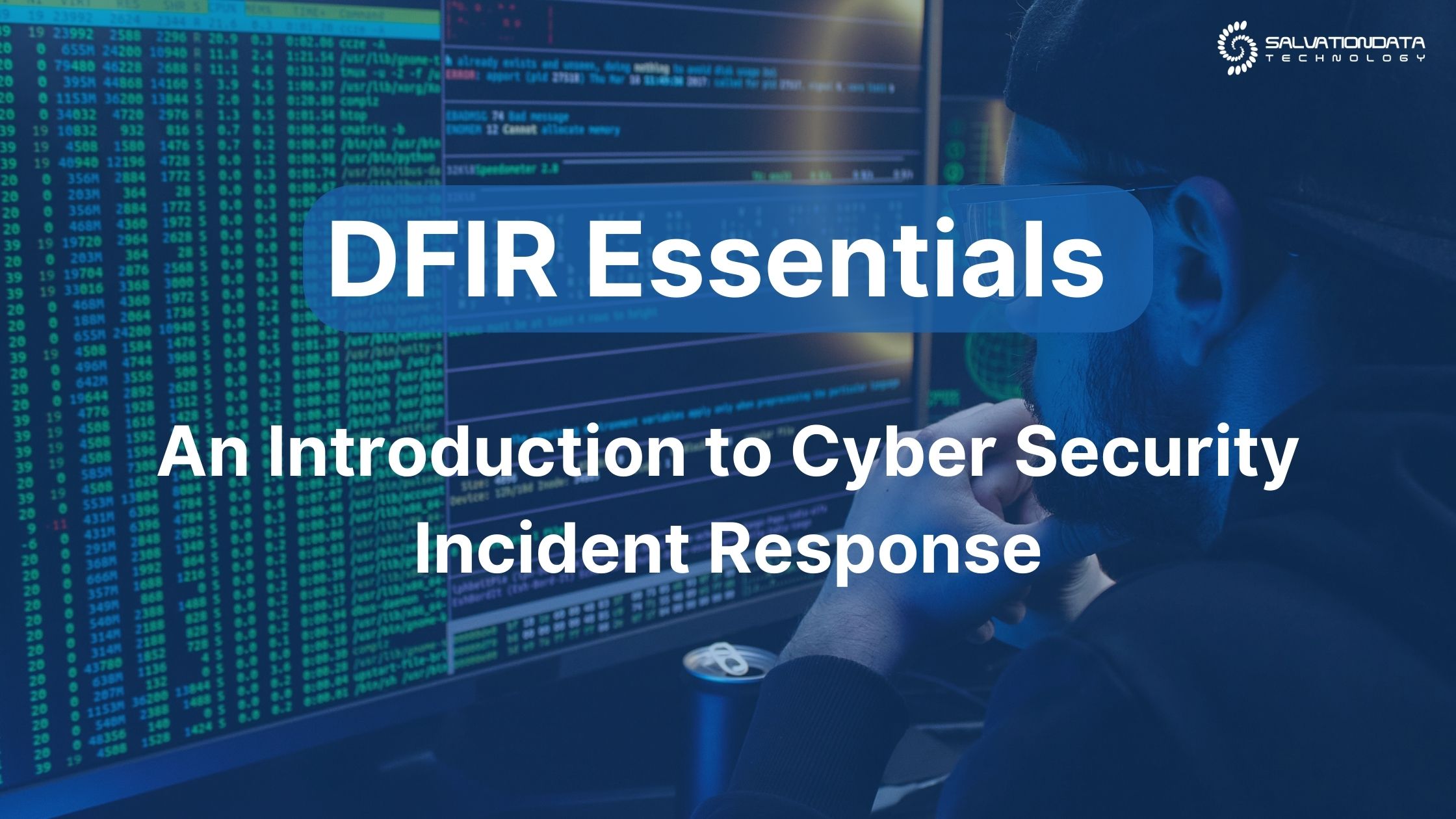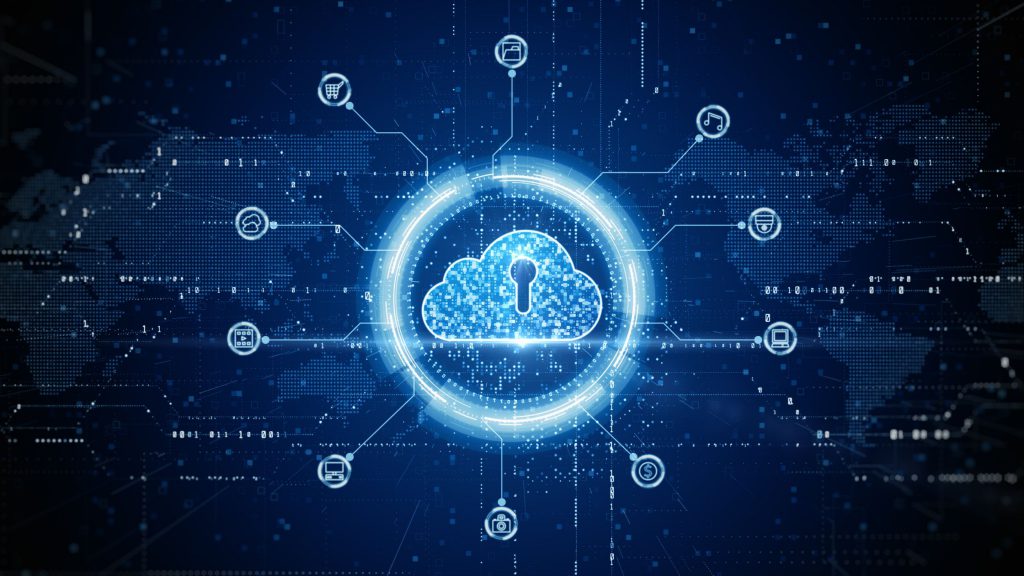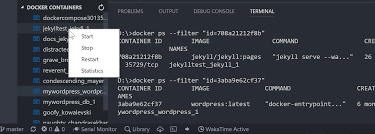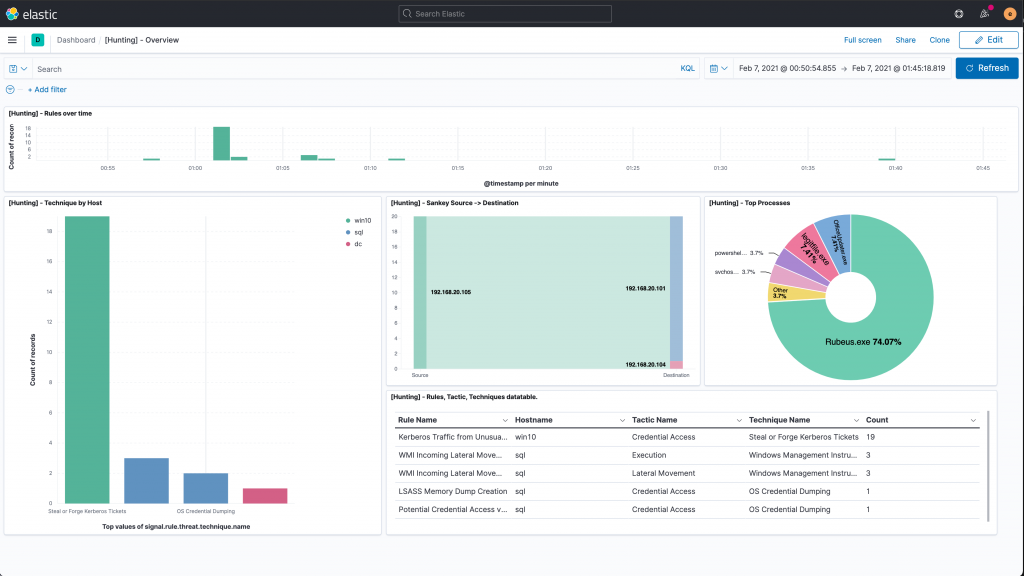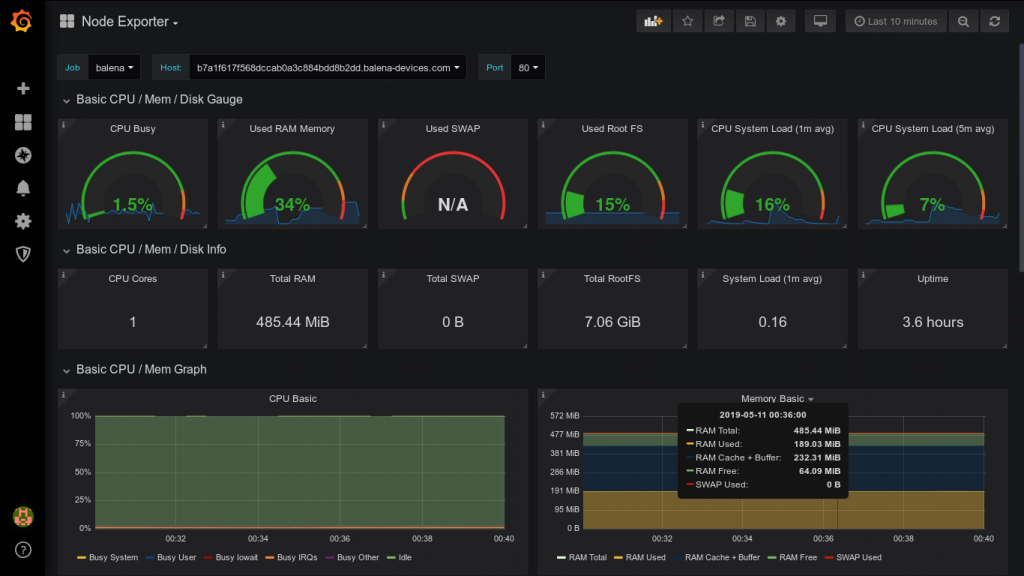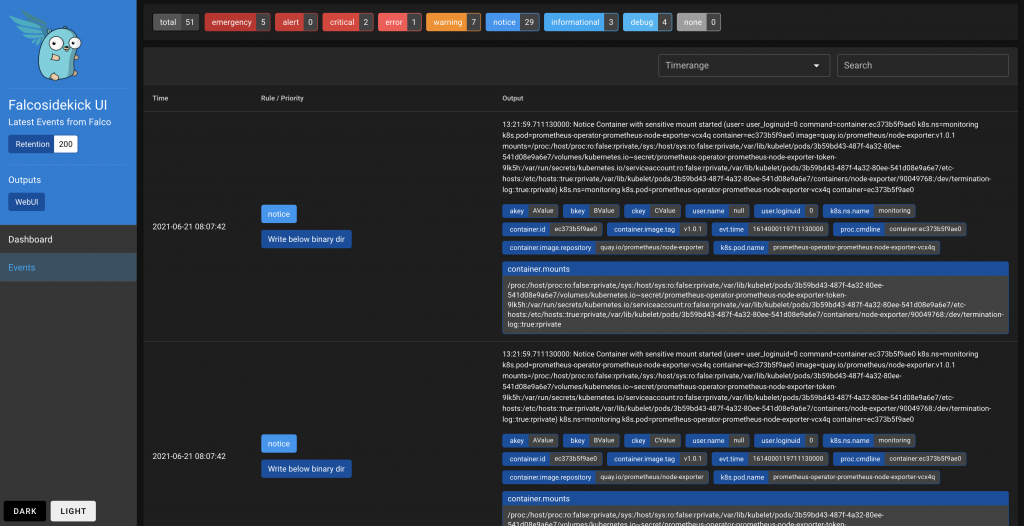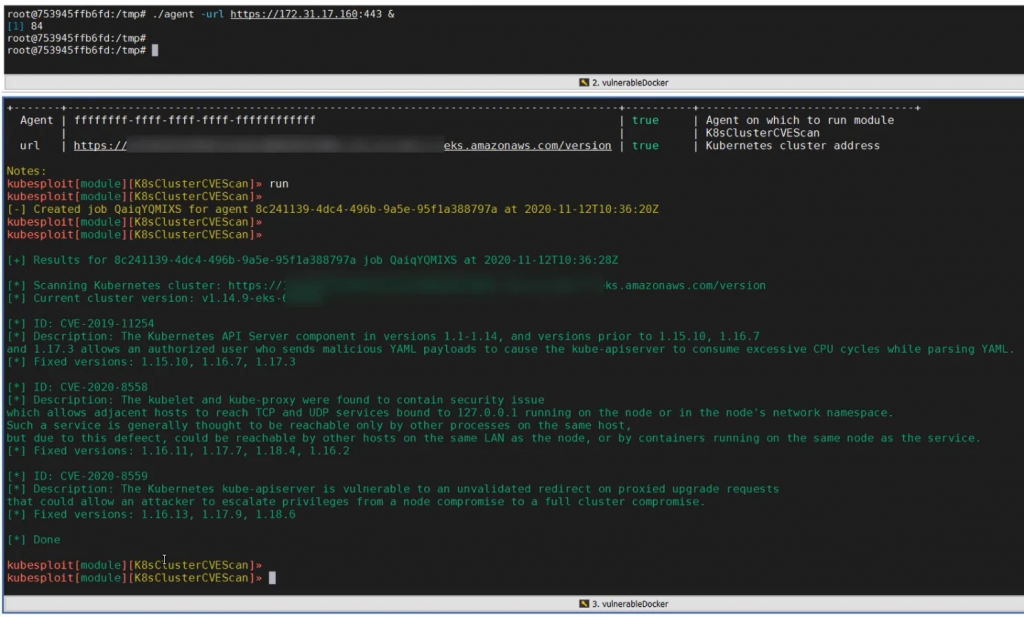Digital forensics and incident response (or DFIR for short) is a mix of cyber security and computer forensics. Its objective is to investigate what happened during the incident and uncovering any digital evidence that might point out to the person (or group) responsible.However, merely uncovering the digital evidence in criminal investigations is not enough. After it’s collected, we have to preserve it properly. Then, the stage is set for its analysis.
DFIR security also focuses on how to bolster the organization’s infrastructure to prevent similar kinds of cyber attacks in the future – that’s the main difference between DFIR and a traditional digital forensics investigation.
If the DFIR cyber security intervention is successful, your organization can resume its operations shortly thereafter. After the digital forensic evidence has been processed and the leads all point in the same direction, the evidence collected can be used as a basis to prosecute those responsible to the fullest extent of the law.
